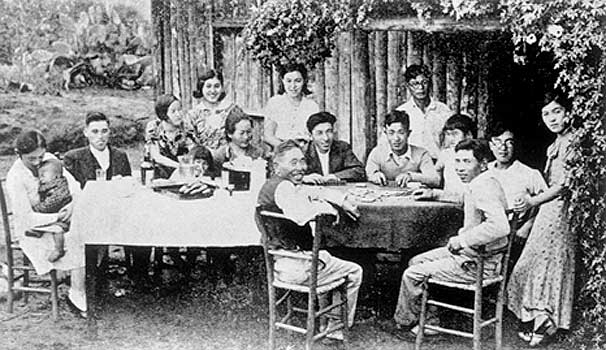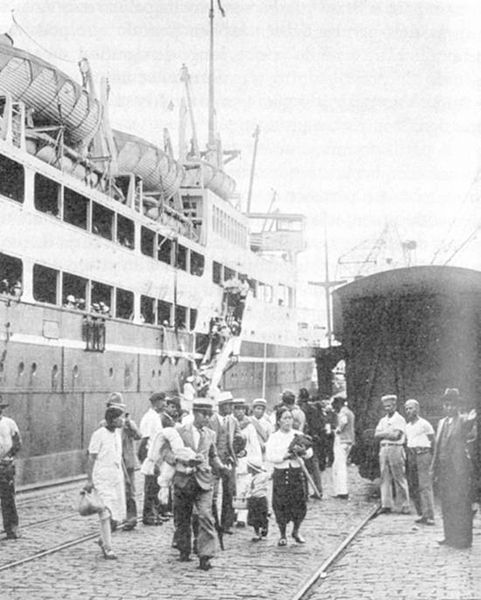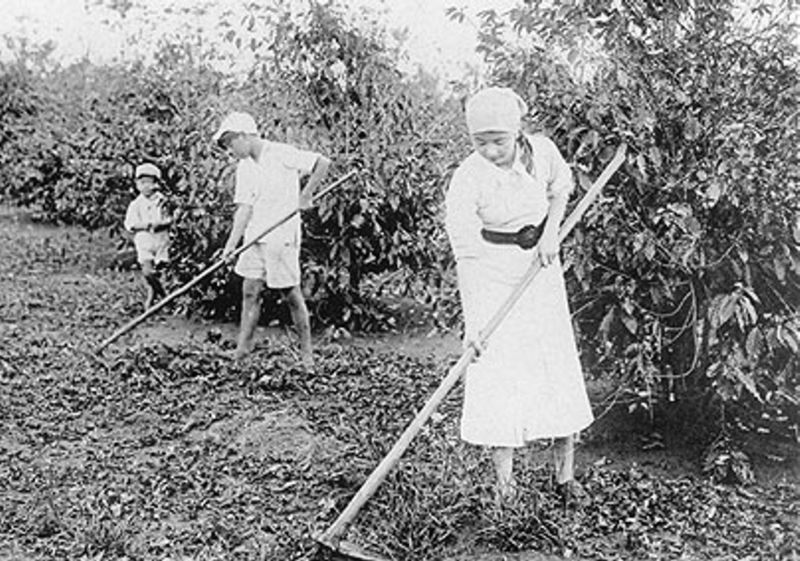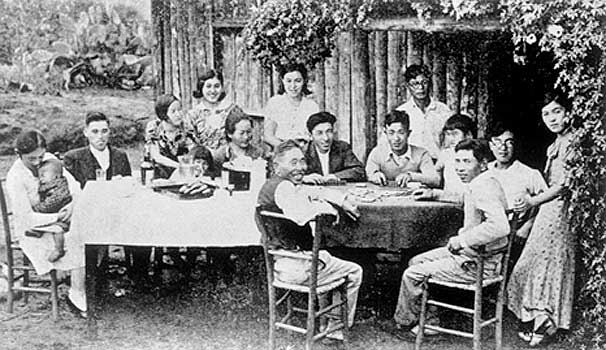
The Nikkei of Brazil
During the Meiji Era, more Japanese sought a better way of life in other countries. The earliest Japanese nikkei (Japanese emigrants) were recorded as early as the 12th century when Japanese migrated to the Philippines.
Nipo-brazilian family in the Bastos city colony, São Paulo State, Brazil, c. 1930’s.
Nisei, Sansei, and Issei may sound like a rhyming game, but the story behind the words has a resounding social impact in the annals of human history. Issei (一世 or “ first generation” in Japanese) is a term used in North America, South America, and Australia to identify first-generation Japanese migrants.
 Nisei (二世 or “second generation”) is the term for children born to the Issei, while Sansei (三世) are the third generation descendants of the Issei. The terms were derived from the Japanese numerals one (ichi), two (ni), and three (san).
Nisei (二世 or “second generation”) is the term for children born to the Issei, while Sansei (三世) are the third generation descendants of the Issei. The terms were derived from the Japanese numerals one (ichi), two (ni), and three (san).
Brazil is home to the largest Japanese population outside of Japan, with 1.6 to 2.5 million Japanese Brazilian or Nikkei Burajiru-jin (people of Japanese descent) registered in Brazil.
Japanese Immigrants disembarking in Port of Santos, in Brazil, year 1937 or 1938.
People dream of having a better life, and this usually entailed travelling to distant, unknown lands. It took courage and determination to uproot oneself and one’s family to reach that dream. In the late 1800s to the early 1900s, coffee was Brazil’s main export.
The abolishment of slave trafficking in Brazil saw the end of African slave labor in the country. With the end of feudalism in Japan and the abolition of the han system in favor of the system of prefectures in 1871, Japanese from rural areas struggled with poverty, and many sought to emigrate in search of a better life. In 1907, the Japanese and Brazilian governments signed a treaty allowing Japanese migration to Brazil.
Japanese immigrants working in coffee plantation. circa 1930.
The first Japanese immigrants on board the Kasato Maru, a total of 790 people mostly farmers, arrived in Brazil in 1908. They travelled from the Japanese port Kobe, across the Cape of Good Hope, in South Africa. In the next seven years 3,500 more Japanese families, about 15,000 people, arrived in Brazil. Since the beginning of World War I in 1914, more Japanese people immigrated to Brazil, and between 1917 and 1940, over 164,000 Japanese came, mostly in São Paulo where most of the coffee plantations were located.
In the 1970s, when Japan rose to become one of the richest countries in the world through industrialization and modernity, Japanese Brazilians also gained great cultural and economic success as well as social prestige. The Issei’s dream of success and a better way of life is now seen by the Nisei, the Sansei, and other generations to come.

